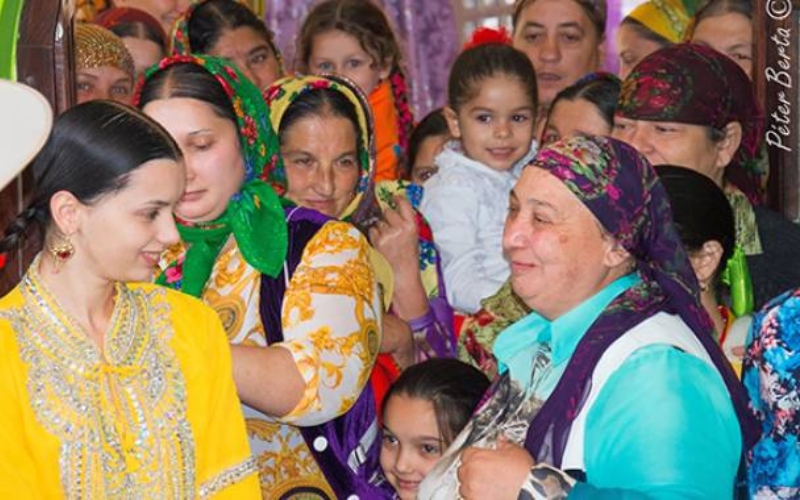The politics of arranged marriage: Contextualising power, law and culture

9 August 2016
Arranged marriage is a prevalent practice in numerous countries across the world – from India, Bangladesh, Pakistan and Turkey to many Asian and African diasporic communities living in Europe or in the US.
The Politics of Arranged Marriage is a two-part IGP project which focuses on various aspects of the practice.
Part one: Legal Classification Struggles, Congregational Conflicts and the (Re)Production of Social Inequalities: The Politics of Arranged Marriage among Romanian Gabor Roma
The project involves an anthropological research focusing on marriage politics and arranged marriage (often of children) among the Romanian Gabor Roma. The Gabors are characterized by patrilocality and ethnic endogamy: choosing spouses from their own Roma ethnic population. First marriage generally takes place between the ages of 13 and 14 for girls and between 14 and 16 for boys, with only the young couple, their closest relatives, and a few invited Gabor Roma guests present – and with the complete exclusion of the churches and the registry office. The spouse is chosen and the betrothal and the wedding are arranged and performed under the direction and supervision of the fathers and paternal grandfathers. Spousal considerations do not focus primarily on the personal characteristics or desires of the potential husbands and wives, but on the possible marital alliances between Gabor Roma families, and the political, economic, and other advantages expected from them.
As marital alliances with high reputational profit are among the most significant political trophies of intraethnic status competition among the Gabors, most of them are ready to transfer a significant part of their income often coming from intra-European economic migration into marriage payments and marital alliances established with successful Gabor families. For these Roma, the most important element of the dowry is the marriage payment flowing from the parents of the wife to those of the husband. This sum may vary on a large scale, and in the determination of the actual amount the parties take into account several factors – particularly successes in Roma politics. The marriage payments that Péter observed between 1998 and 2014 (between well-to-do families) were generally in the range of US$10,000 to US$30,000, and the highest was €100,000.
Analysing the results of a more than thirty-two-month-long fieldwork and Roma discourses on the politics of marriage, the project examines the ideologies by which the Gabor Roma justify and rationalise the political, social, economic and cultural importance of arranged marriage. The project pays special attention to the legal classification struggles between Gabor Roma customary law and state/EU/church laws and investigates the significant impact of the Adventist Church on arranged marriage – the definition of marriageable age, etc. – in this Roma ethnic population.
Part two: Global Network for the Study of Arranged Marriage
Bringing together an international network of social scientists, the Global Network for the Study of Arranged Marriage aims to provide an ethnographically informed global picture of the motivations, ideologies and socio-cultural implications of arranged marriage.
The expected results may contribute to a deeper understanding, re-interpretation and elimination of the symbolic conflicts between state/EU/church laws and local communities practising arranged marriage by highlighting and analysing the – almost completely ignored or unknown – values, meanings and identity projects attached to this practice by these local communities.
Project Leader: Dr Péter Berta
 Close
Close

